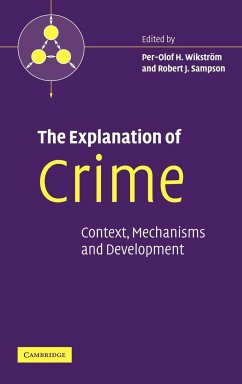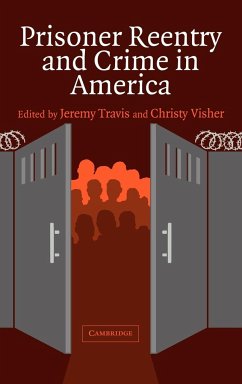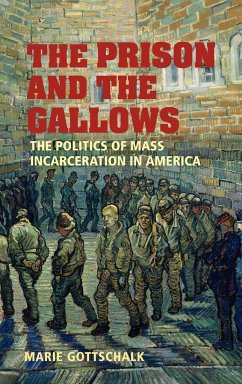
The Crime Drop in America
Versandkostenfrei!
Versandfertig in 1-2 Wochen
67,99 €
inkl. MwSt.
Weitere Ausgaben:

PAYBACK Punkte
34 °P sammeln!
Violent crime in America shot up sharply in the mid-1980s and continued to climb until 1991, after which something unprecedented occurred. The crime level declined to a level not seen since the 1960s. This revised edition of The Crime Drop in America focuses first on the dramatic drop in crime rates in America in the 1990s, and then, in a new epilogue, on the patterns since 2000. The separate chapters written by distinguished experts cover the many factors affecting crime rates: policing, incarceration, drug markets, gun control, economics, and demographics. Detailed analyses emphasize the mut...
Violent crime in America shot up sharply in the mid-1980s and continued to climb until 1991, after which something unprecedented occurred. The crime level declined to a level not seen since the 1960s. This revised edition of The Crime Drop in America focuses first on the dramatic drop in crime rates in America in the 1990s, and then, in a new epilogue, on the patterns since 2000. The separate chapters written by distinguished experts cover the many factors affecting crime rates: policing, incarceration, drug markets, gun control, economics, and demographics. Detailed analyses emphasize the mutual effects of changes in crack markets, a major focus of youth violence, and the drop in rates of violence following decline in demand for crack. The contrasts between the crime-drop period of the 1990s and the period since 2000 are explored in the new epilogue, which also reviews major new developments in thinking about the causes and control of crime.














